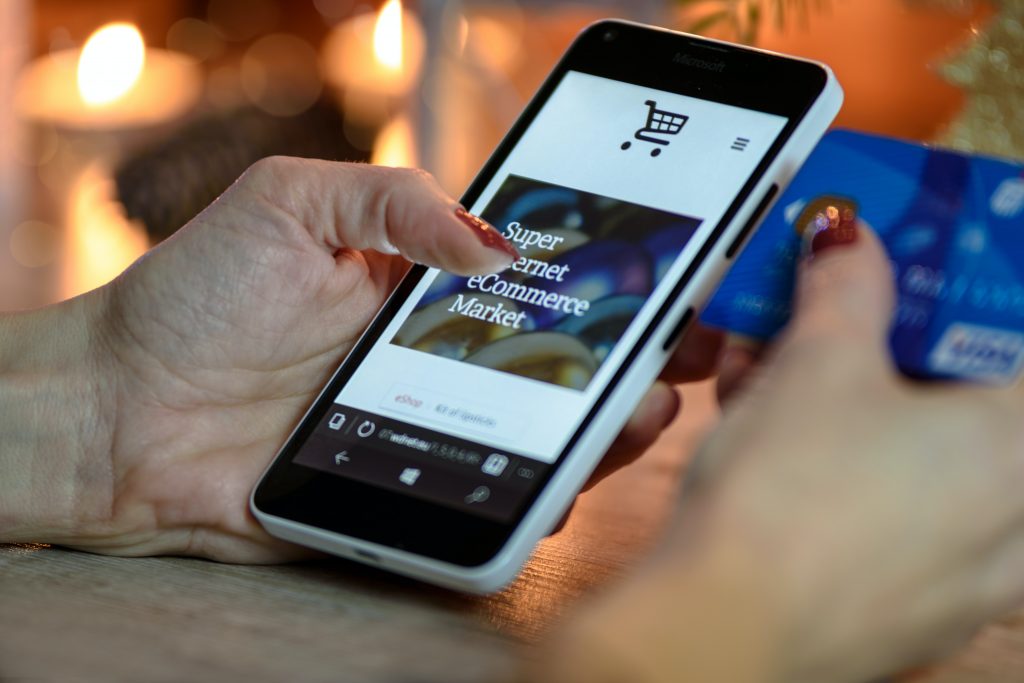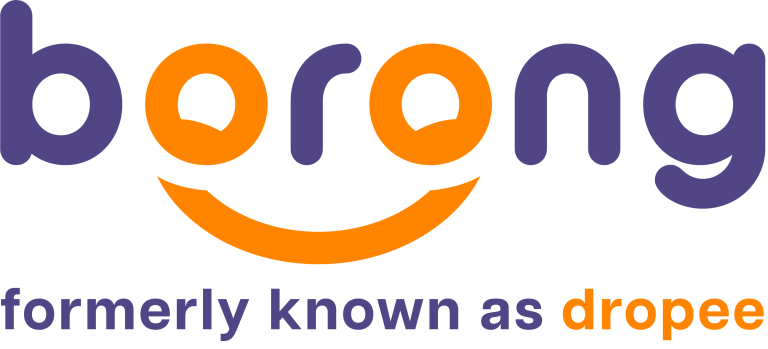Before we dive into the meat of the article, let us start with some notable facts about the state of B2B e-commerce:
- According to Forrester, B2B sales will reach USD$1.8 trillion in revenue by 2023.
- 44% of millennial buyers are the primary decision maker in their company and are twice as likely to discover products online.
- 80% of B2B buying decisions are influenced by a buyer’s customer experience.
- Online marketplaces are growing in popularity and 75% of B2B procurement is projected to happen within an online marketplace in the next five years.
Faced with these facts, one can expect that the movement towards B2B e-commerce would seem like the most natural transition for B2B players. Especially seasoned sellers who have been in business for a long time.
However, there are still many misconceptions surrounding selling online that have affected the adoption rate. This prevents businesses from reaping the benefits of going digital and oftentimes, is based on myths rather than facts.
From overestimating the complexities of technology to limited understanding of how to set up online channels, let’s debunk five of the most common B2B e-commerce myths out there.
Myth #1: “My Customers Don’t Want to Buy Online”

This is one of the most common B2B e-commerce myths and while many customers still prefer traditional face-to-face interactions, more are becoming increasingly comfortable with transacting online.
73% of B2B buyers are millennials – tech-savvy, digital natives who are frequent e-commerce users themselves. They prefer shopping independently and avoid interacting with sales representatives unless it is necessary. They also rely on review websites, peer reviews, social media, web search and online demos to conduct their product research.
Here are several notable aspects about today’s millennial B2B customer:
- 41% of B2B customers say that self-service features would make it easier for them to shop online
- When dealing with sales reps, millennial buyers expect to be able to interact with them over social media
- 55% said a digital buying experience is extremely important when selecting a vendor
- Thanks to the benefits of digital research and greater access to information, B2B buyers are more confident with purchasing upon their first visit
For more traditional customers, it’s important to remember that this is a learning process and there are many things businesses can do to guide them along the way. For example, short instructional videos showing how your customers can place orders online are a useful visual tool that is also great for increasing brand awareness.
Incentivising their shopping experience can also make a difference. Offering exclusive website discounts, free delivery and first-time shopper promo codes can help to mobilise customers towards embracing online shopping.
Educating your sales reps is also a vital step in this process. Make sure they know the ins-and-outs of your web store, have them place orders on behalf of their customers via your website and encourage them to show customers how to make online orders during in-person or virtual sales calls. An added benefit of this is that it allows them to provide you with customer experience feedback so that you can optimise your website accordingly.
Changing customer behaviour can take time but with a little effort and encouragement, there’s no reason why you can’t transition your B2B customers into savvy online shoppers.

Myth #2: “E-commerce is Impersonal”
The lack of in-person interactions has led to the notion that e-commerce can be lacking in warmth. This is an initial turn-off for B2B businesses, many of which are family-owned and traditionally rely on the “personal touch factor” to build trust and form tight-knit, long-term relationships with their customers.
However, B2B e-commerce is a great opportunity to try new approaches to building relationships with customers, learning more about their needs and creating unique sales experiences that are personalised to them.
By studying customers’ online data such as purchasing history, browsing behaviour, site visits and more, businesses can customise content for their customers and reach them across numerous avenues. Email newsletters and Whatsapp for example, are great tools for delivering value to your customers.
Sellers can recommend new, relevant products to customers, notify them when items are replenished in-store and even automate delivery schedules so customers don’t have to make repeat orders.
Going digital is also a great opportunity to aid in your customers’ product research beyond traditional working hours. Sales representatives are only active from 9-to-5, but 24-hour chat services on your website mean that customers can communicate with your brand at any hour.
Myth #3: “My Product is Not Suited to Online Sales”

B2B sellers have shied away from e-commerce in the past due to the belief that their product might be too complex or too niche. Over time, we’ve learnt to never underestimate the possibilities of the internet and this is one of them.
A growing number of B2B sellers are allowing their customers to customise products online and receive timely updates at every step of the way. For items such as industrial machinery and custom design products that require detailed instructions, interactive videos and product demos are often more extensive than traditional in-person support. This is a unique opportunity for B2B sellers to innovate their content and marketing strategies to better engage with buyers.
In fact, 86% of millennial B2B buyers surveyed in the Demand Gen report believe that offering demos and trials are just as important as providing hands-on customer experience.
IBM for example, assigns its B2B customers a team of specialists to work with them to integrate IBM Cloud Storage into their existing processes. Customers primarily interact with these specialists online and receive digital training materials to help them understand and operate their products. IBM also regularly makes improvements to their products based on customer feedback, resulting in their high customer retention rate.
The key takeaway is that many challenges surrounding B2B such as manufacturing and distribution can be resolved with the correct solutions and software.
Myth #4: “B2B Pricing Models are Difficult to Manage with E-commerce”
B2B pricing is often more complex compared to B2C. This is because of factors such as customer-specific pricing, tiered pricing, bulk ordering, pricing fluctuations and more, but the right technology and solutions can resolve these concerns.
Take custom-quote orders for example. Quote engines allow your customers to request and receive quotes for items any time during the day. This is also helpful in attracting new customers as potential customers can research and gather pricing details such as freight and volume shipping costs, and evaluate the information before requesting for a quote or speaking to someone from the sales team.
The issue of price transparency can also be addressed. A Big Commerce survey noted that 33% of respondents were nervous about making their prices available to the public – creating a race amongst competitors to underbid buyers.
The solution is simple. Most e-commerce solutions platforms offer features that allow buyers to see all of the products while only revealing prices once they have logged in. There are various features available online to help businesses with customisation and as e-commerce progresses, these features will become even more standardised across various e-commerce platforms.
Myth #5: “I Need to be Tech-Savvy to Get Involved with B2B E-Commerce”

From orders and invoices to inventory management and customer information, the thought of migrating your products and processes online can be overwhelming and we understand why this B2B e-commerce myth is so widespread.
The reality is quite the opposite and this is where B2B solutions providers like Dropee come in. Working with the right software can help you automate all of your routine processes at a fraction of the time while reducing human error.
At Dropee, our goal is to work closely with local B2B entities and provide them with the support and guidance they need to easily transition into e-commerce space. From streamlining your inventory to managing customer orders, we created our platform with businesses in mind.
This means that our solutions are designed to be used by business owners who are just beginning to incorporate e-commerce into their strategy. To supplement this, we also have an online marketplace for businesses to reach more customers and connect with one another.

Dropee Partners with MDEC to Boost B2B E-Commerce in Malaysia
In an effort to further the B2B e-commerce landscape in Malaysia and make digitisation accessible to everyone, we are collaborating with MDEC to launch the Go-eCommerce Onboarding Campaign.
In response to the Covid-19 pandemic, Dropee will be providing subsidies to B2B businesses across Malaysia to support them in getting their business online in this initiative by the Ministry of Finance.
The Go-eCommerce campaign is also part of the Belanjawan 2021 initiatives and will see the government supplementing its efforts with RM100 million worth of incentives to support Malaysian businesses in their digitisation journey.
Read our blog to learn more about the campaign and find out if you are eligible for participation and click here to sign up for the Go-eCommerce Onboarding Campaign!


